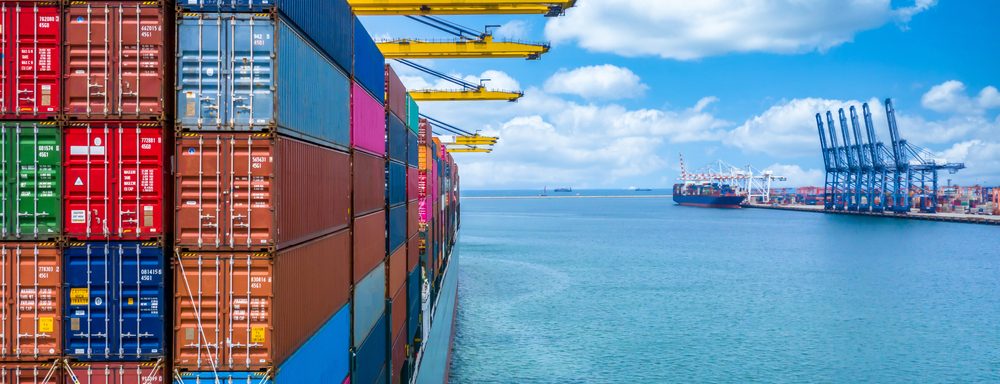Shippers are continuing to battle the extremely high cost of container shipping, as freight rates are up a whopping 346% over rates this time last year. According to the Drewry composite World Container index, rates have risen by nearly $1,000 per feu from June to July alone. As of July 29, rates are currently at $9,330.28 per feu.
Reduced capacity, port congestion and disruptions in the supply chain have contributed to the rapid rise in prices. As the global economy rebounds from the COVID-19 pandemic, manufacturing has kicked into high-gear and demand for shipping has skyrocketed, causing congestion in many of the world’s ports and driving up container rates. Additionally, the logistics supply chain has taken more than a few hits recently, as in just the past month:
- In Vietnam and Malaysia, COVID lockdowns have created factory and port backlogs.
- Floods in Europe have devastated factories and river barge service.
- In Canada, wildfires have disrupted inland intermodal traffic on two major rail lines serving the Port of Vancouver.
- Civil unrest in South Africa has forced ocean terminals in Durban to close.
- Typhoon In-fa is causing shipping delays in China.
Prices will only continue to rise, according to experts, with Drewry stating that rates are expected to increase further in the coming weeks. Many analysts predict freight rates to stay high in the second half of 2021 and even beyond.
Mark Williams, managing director of maritime consultancy Shipping Strategy, said, “This supercharged GDP growth is driving commodity demand, and that’s the basis of the strong markets we see today.”
James Marshall, CEO and founder of shipping company Berge Bulk, noted during the Shipowners Forum held during Singapore International Ferrous Week that ships are “still getting held up by severe … COVID quarantines. If anything, we see that congestion [getting] worse with the delta variant and more problems with … COVID infections.”
He added that this could lead to a “significant tightening of the market in the second half of the year.”
However, analysts argue that shipping rates have not yet reached the bull cycle peaks of the past, nor do they believe that the sector is in a supercycle, which refers to a sustained period of high, increasing prices driven by low supply and strong demand.
Williams said that though he does not believe the industry is currently experiencing a supercycle, he believes it “has the potential to become one.”
He notes that rates for capsize vessels are around mid-2019 levels, while Rashpal Bhatti, vice president of maritime and supply chain excellence at BHP, the leading mining company, stated, “We’re seeing rates at multi-year highs, but we don’t see them reaching the bull cycle peaks that we’ve seen previously.”
Rates should continue to remain high as long as there is not significant growth in fleet sizes in the coming years. Williams predicts fleet growth of no more than 3% for the next three years, stating, “It’s difficult to see the fleet grow very rapidly anytime [in the] next couple of years. And that supply side discipline may be what turns what I’m calling the ‘mother of all recoveries’ into the supercycle.”
Williams added that if macroeconomic conditions remain strong in 2023, the world could be in a “dangerous position” regarding inflation.
“At that point we’re going to see a rise in interest rates from central banks that will inevitably slow down economic growth, and then this business cycle will flip over … and it will take the shipping cycle with it,” he said.
Bhatti noted that as COVID restrictions are eased, port congestion should be reduced, freeing up capacity and moderating price surges.


